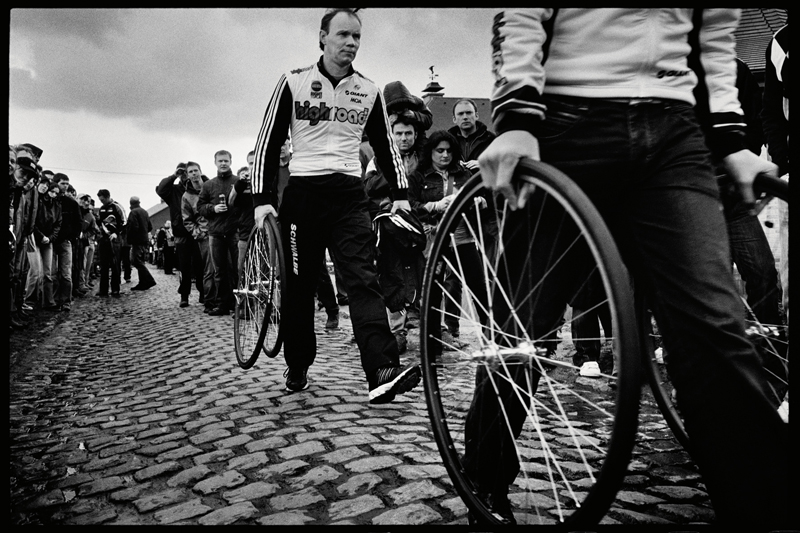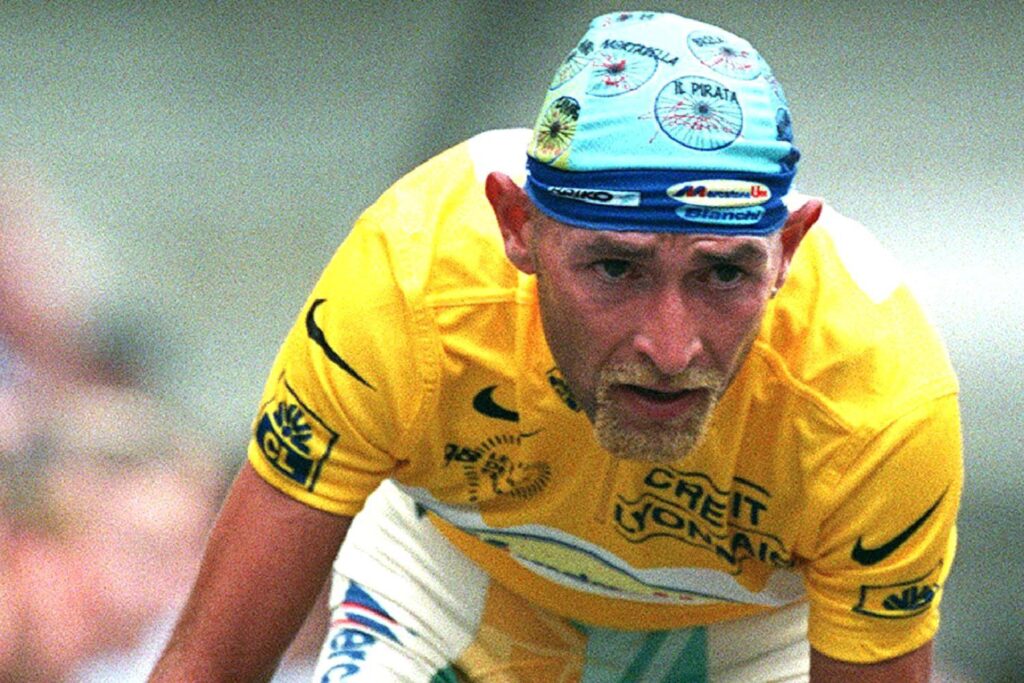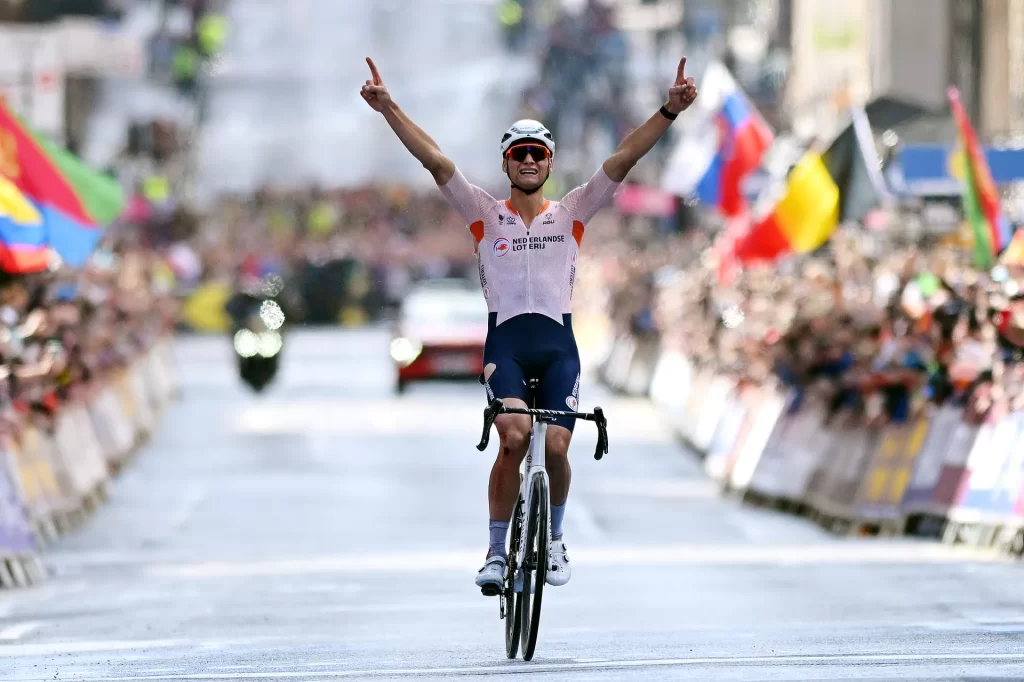Behind the Scenes of a Cycling Race: What Spectators Don’t See

When watching a cycling race on television or cheering from the sidelines, it’s easy to get caught up in the excitement and focus solely on the athletes. However, the smooth functioning of a race relies on much more than just the riders’ performance. Behind the scenes, a complex and carefully orchestrated series of events takes place, ensuring that everything runs like clockwork.
Before a race even begins, teams spend countless hours strategizing and preparing. This includes analyzing the race course, identifying potential challenges, and planning the best ways to tackle them. Riders, coaches, and support staff work together to develop a race plan, taking into account factors such as weather, road conditions, and the strengths and weaknesses of both teammates and rivals.
During a multi-stage race like the Tour de France, team mechanics play a crucial role in ensuring the riders’ bikes are in top-notch condition. They perform daily maintenance, checking and adjusting components, cleaning and lubricating chains, and replacing tires as needed. In addition to regular upkeep, mechanics must be prepared to make rapid repairs during the race, such as fixing a flat tire or addressing mechanical issues.
Nutrition is another key aspect of race preparation and execution. Team nutritionists and chefs work together to create meal plans that cater to each rider’s specific needs, ensuring they have the fuel they need to perform at their best. During the race, cyclists consume energy gels, bars, and drinks to maintain energy levels and stay hydrated.
Team cars play a significant role in supporting the cyclists during a race. They carry spare bikes, wheels, and other essential equipment, as well as food and water. The team car is also a vital communication hub, with race radios connecting the cyclists, the sports director, and support staff to relay vital information and instructions.
Teamwork is the backbone of a successful cycling team, both on and off the bike. Cyclists rely on their teammates for support and protection during a race. Drafting, or riding closely behind another cyclist, can save up to 30% of a rider’s energy, so teammates often work together to shield their leaders from headwinds and help them conserve energy for crucial moments.
Off the bike, the support staff plays a vital role in keeping the team running smoothly. This includes soigneurs, who are responsible for the riders’ well-being during the race. They provide massages, prepare food and drinks, and manage logistics like laundry and accommodations.
The mental aspect of cycling is just as important as the physical. Sports psychologists work with riders to help them develop mental strategies for managing stress, staying focused, and maintaining a positive mindset during races. These mental skills can be the difference between victory and defeat in the high-pressure environment of professional cycling.
Recovery is an essential part of a cyclist’s routine, especially during multi-stage races. This includes post-race cool-downs, stretching, massages, and compression garments to aid in muscle recovery. Riders also need to replenish their energy stores through proper nutrition and hydration.
As fans, we see only the tip of the iceberg when it comes to the world of professional cycling races. The dedication, collaboration, and hard work of riders, coaches, and support staff behind the scenes make these thrilling events possible. By understanding the complexities of what goes on beyond the racecourse, we can appreciate the sport on a deeper level and celebrate the true teamwork that lies at the heart of every race.


